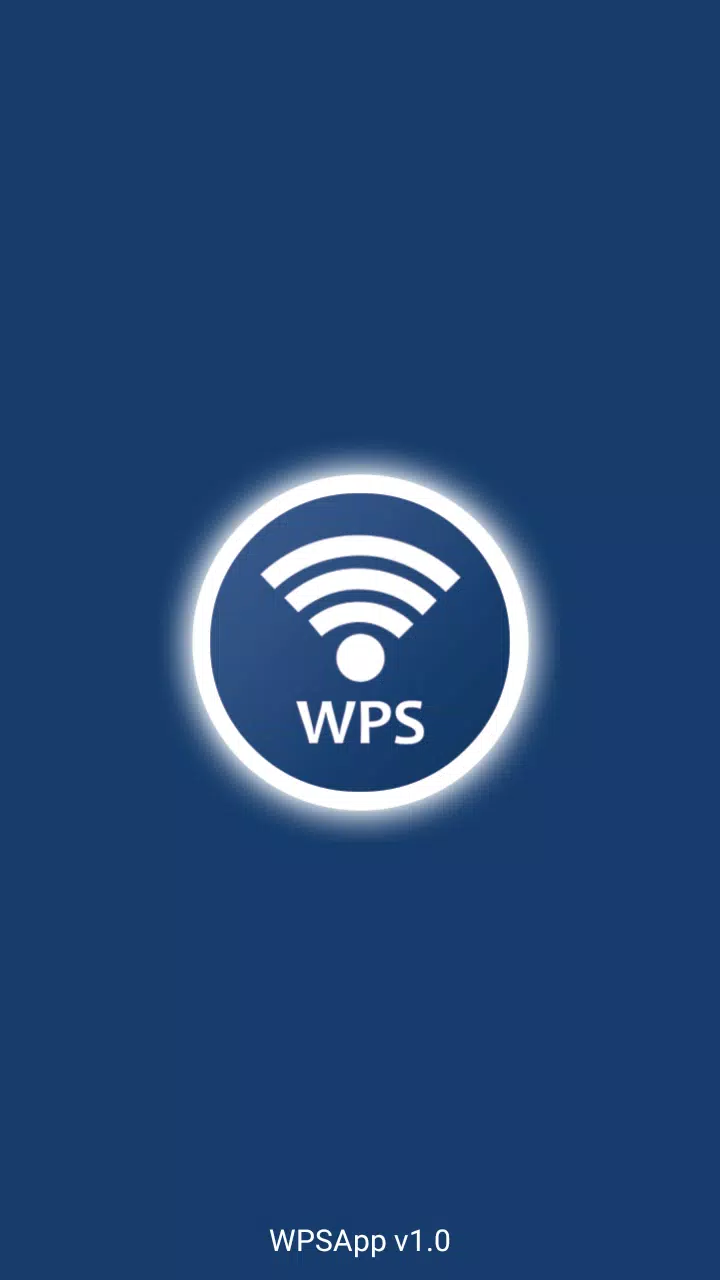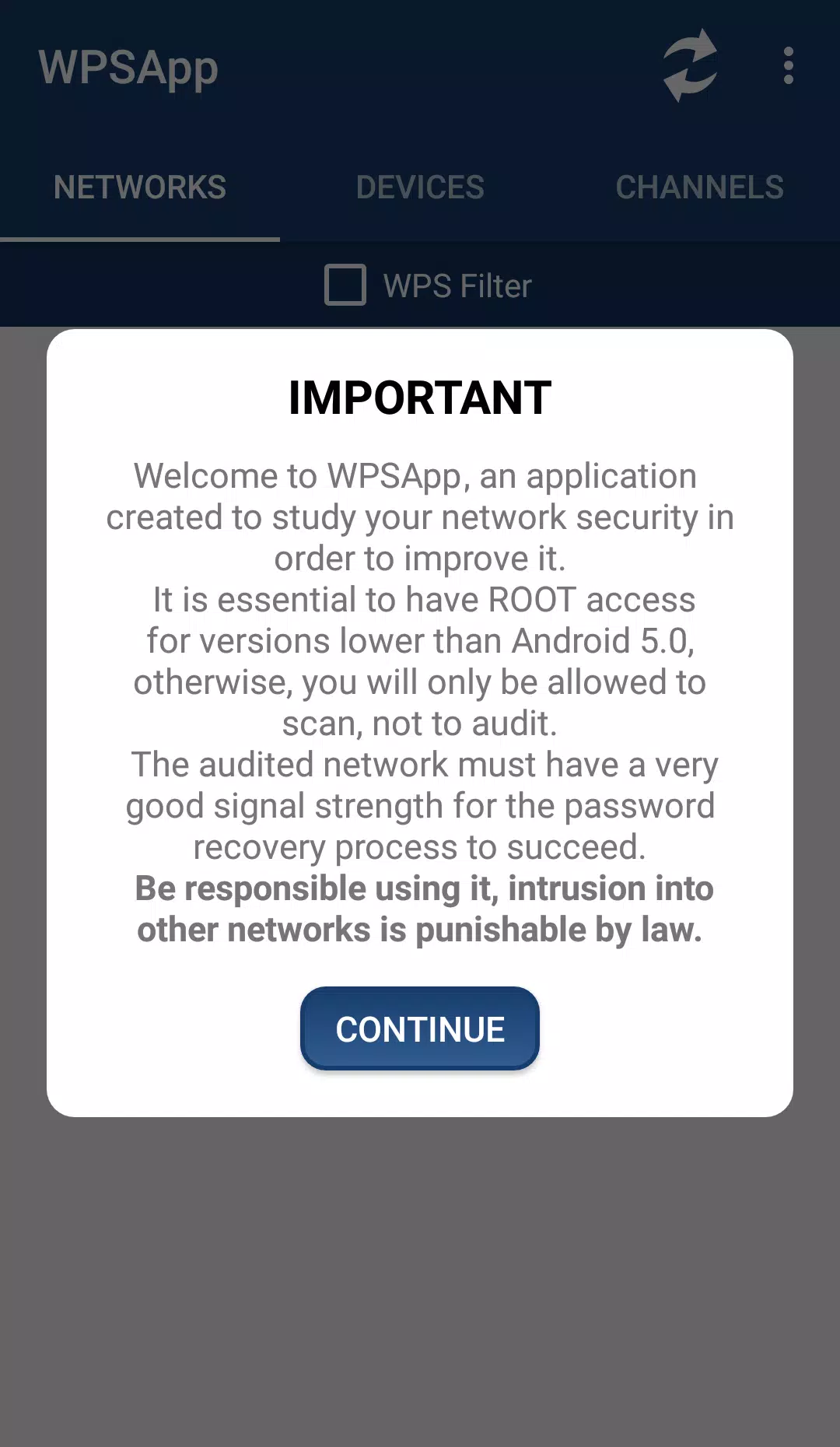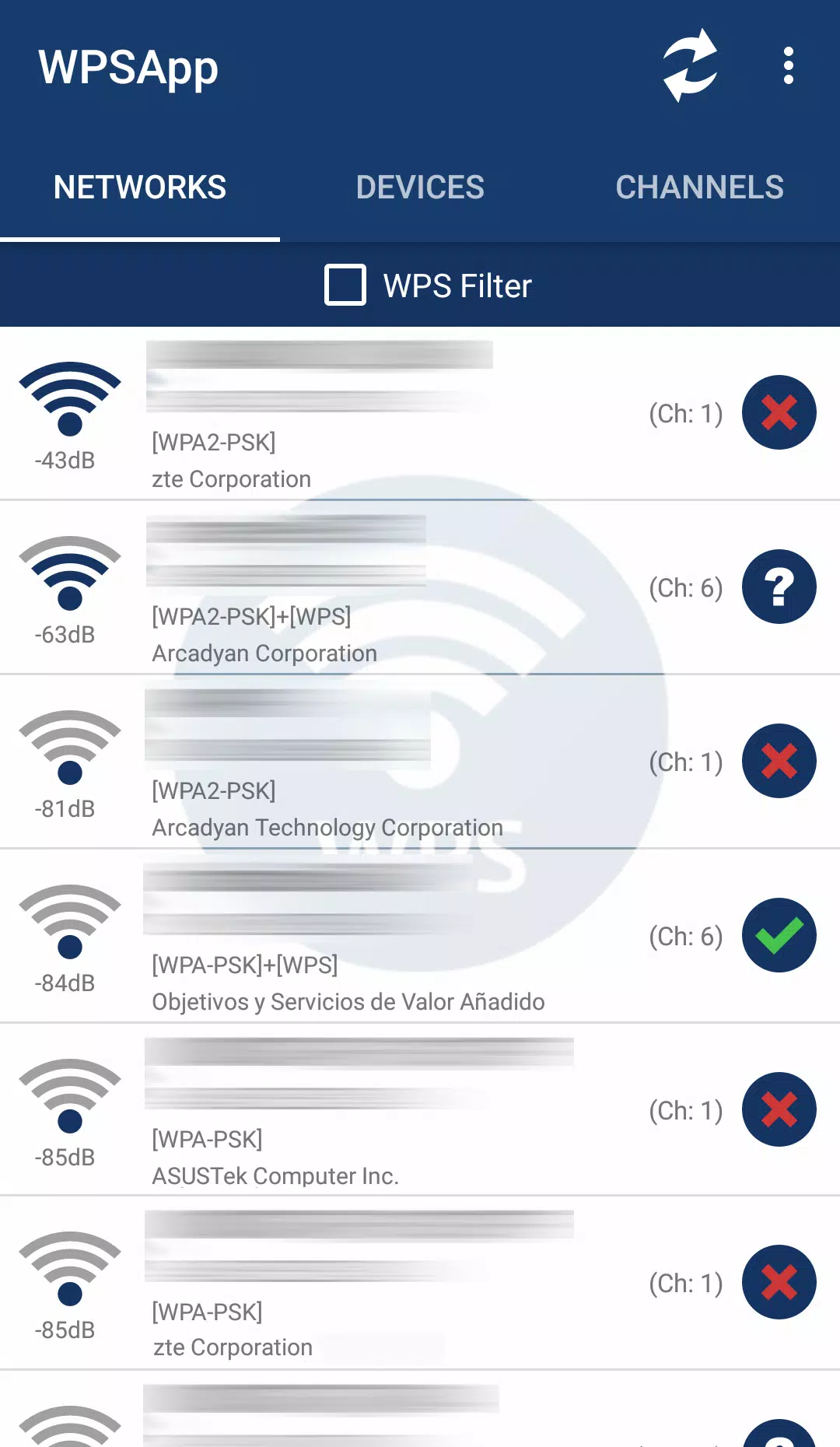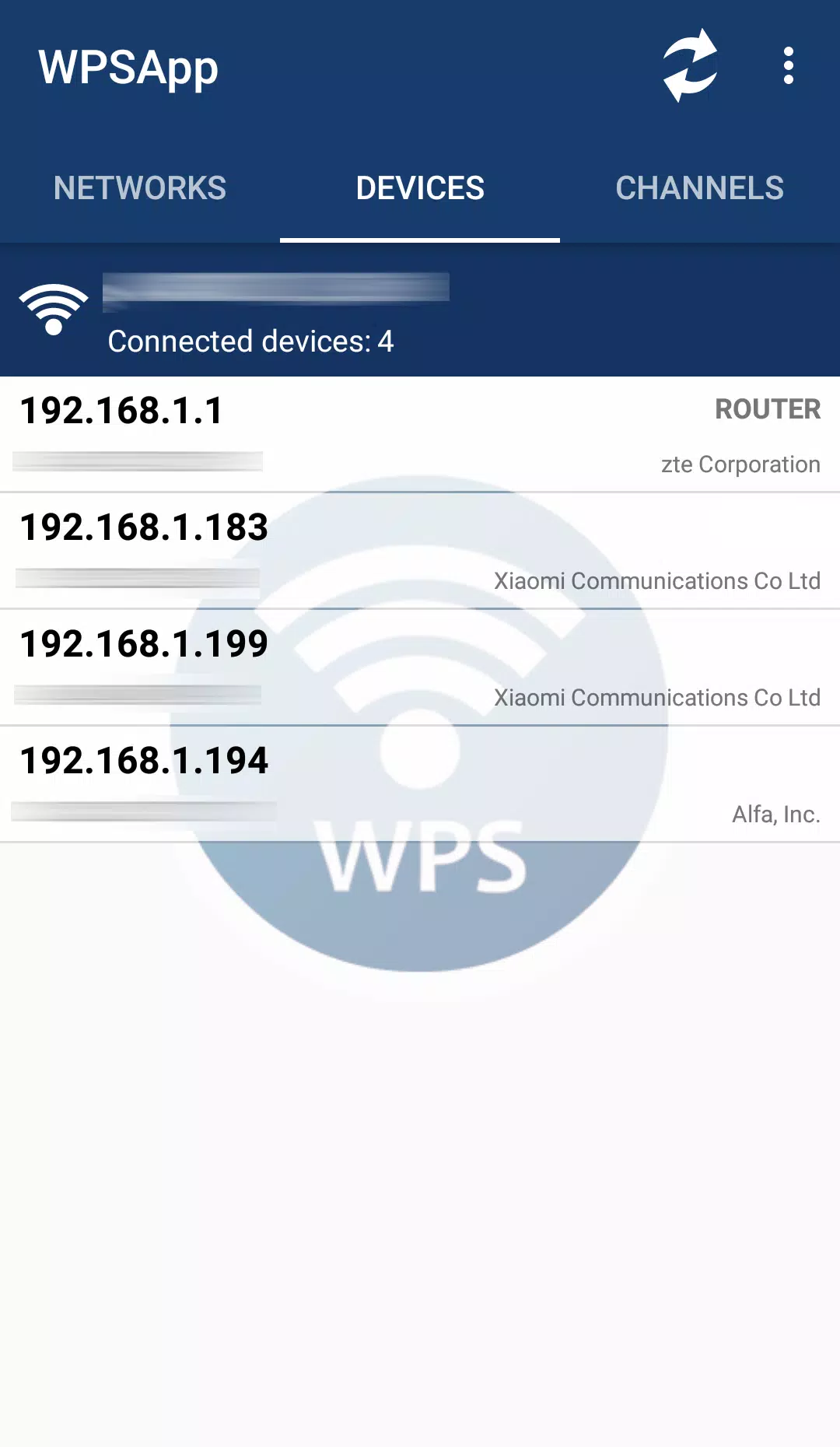In today's interconnected world, securing your WiFi network is more crucial than ever. WPSApp is a powerful tool designed to assess the security of your network, particularly focusing on the WPS (Wi-Fi Protected Setup) protocol. This protocol simplifies connecting to a WiFi network using an 8-digit pin, which is often pre-set by the router manufacturer. However, the vulnerability lies in the fact that these pins for many routers from various companies are either known or can be calculated.
WPSApp leverages these known pins to attempt connections and identify if your network is susceptible to unauthorized access. It employs several algorithms for pin generation and includes default pins. Beyond checking for WPS vulnerabilities, the app can calculate default keys for some routers, display WiFi passwords stored on your device, scan connected devices, and analyze WiFi channel quality.
Using WPSApp is straightforward. When scanning nearby networks, you'll encounter networks marked with different symbols:
- Networks with a red cross are considered "secure" because they have disabled the WPS protocol, and their default password is unknown.
- Networks with a question mark have the WPS protocol enabled, but the pin is unknown. Here, WPSApp can test the most common pins to assess vulnerability.
- Networks with a green tick are likely vulnerable. They have the WPS protocol enabled, and the connection pin is known. Alternatively, if WPS is disabled but the password is known, these networks will also appear in green, indicating a potential security risk.
To fully utilize WPSApp's features, such as viewing passwords, connecting on Android 9/10, and accessing additional functions, you must be a Root user.
It's important to note that not all networks are vulnerable, and a network appearing as such does not guarantee 100% vulnerability. Many router manufacturers have updated their firmware to address these issues. Therefore, it's advisable to test your own network with WPSApp and take immediate action if vulnerabilities are detected. Disable WPS and change your password to a strong, personalized one to enhance your network's security.
Please be aware that unauthorized access to foreign networks is illegal, and I am not responsible for any misuse of this tool.
From Android 6 (Marshmallow) onwards, granting location permissions is necessary due to new requirements introduced by Google. For more information, visit: Google's Android 6.0 Changes.
Some Samsung models encrypt passwords, displaying them as a long series of hexadecimal digits. If you encounter this, you may need to seek online resources or contact me for decryption guidance.
Note that pin connection does not work on LG models with Android 7 (Nougat) due to issues with LG's software.
Before rating the application, please take the time to understand how it works. For any suggestions, issues, or comments, feel free to email [email protected].
Acknowledgments to: Zhao Chunsheng, Stefan Viehböck, Justin Oberdorf, Kcdtv, Patcher, Coeman76, Craig, Wifi-Libre, Lampiweb, David Jenne, Alessandro Arias, Sinan Soytürk, Ehab HoOoba, drygdryg, Daniel Mota de Aguiar Rodrigues.


 Download
Download


























